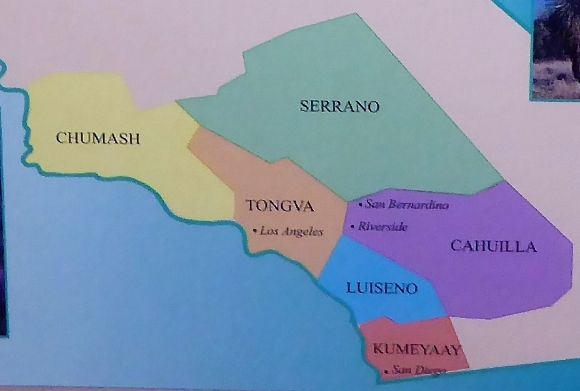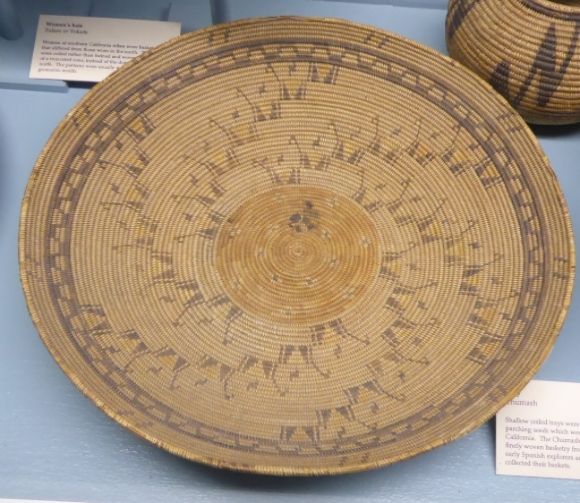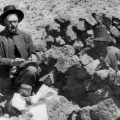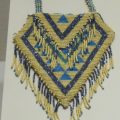Throughout thousands of years of human history, people have utilized the healing powers of certain plants as an important part of their healthcare. Briefly described below are some of the medicinal plants used by Southern California’s Chumash.
The aboriginal territory of the Chumash was in the vicinity of present-day Santa Barbara, California. Their territory included three of the eight Channel Islands. In her chapter in The Oxford Handbook of North American Archaeology, Jennifer Perry writes:
“The Chumash people occupied an extensive strip of southern California from Malibu to Paso Robles with the northern California Bight and neighboring interiors.”
The Chumash also occupied the Santa Barbara Channel Islands: San Miguel, Santa Rosa, Santa Cruz, and Anacapa.
 The map above shows Chumash territory in relationship to the territories of other Southern California Indian tribes.
The map above shows Chumash territory in relationship to the territories of other Southern California Indian tribes.
With regard to language, Chumash belongs to the Hokan language family. There were several Chumash languages: Ventureño, Barbareño, Ynezeño, Purisimeño, Obispeño, and Island Chumash. The last Chumash native-speaker, Mary Yee, died in 1965.
Among the Chumash, a tea made from the root and rhizomes of Anemopsis californica (commonly called yerba mansa, swamp root or lizard tail) was used as a drink for colds, asthma, and urinary tract disorders. It was also used to wash cuts and sores and for bathing arthritic joints.
For headaches, stomach problems, and arthritis, the Chumash ate the root of hog fennel (Lomatium californicum). In addition, hog fennel seeds were eaten to treat colds and sore throats. Hog fennel root was worn on a necklace or on a belt as a means of repelling rattlesnakes.
Red shank (Adenostoma sparsifolium, also called greasewood or ribbonwood) had a number of medicinal uses among the Chumash. Sore throats, stomach problems, respiratory problems, and colds were treated with a tea made from red shank bark. A tea made from small branches was used for treating toothaches and for washing wounds.
Ephedra californica (commonly called joint fir, Indian tea, and desert tea) was used by the Chumash for purifying the blood and for treating urinary track infections and venereal diseases. Other California tribes used this plant for stomach problems and backaches. Since one of the active ingredients found in the plant is psuedoephedrine, it was also used as a nasal decongestant and as a stimulant.
The Chumash used an elderberry (Sambucus mexicana) flower tea for treating colds, flus, and fevers. This tea was also used to relieve premenstrual syndrome and dysmenorrhea. The inner bark of the elderberry was used as an emetic and its berries were used as a laxative.
Among the Chumash, mugwort (Artemisia douglasiana) leaves were chewed for toothaches.
 Shown above is a Chumash coiled tray which was used for winnowing and parching seeds. This is on display in the Maryhill Museum of Art near Goldendale, Washington.
Shown above is a Chumash coiled tray which was used for winnowing and parching seeds. This is on display in the Maryhill Museum of Art near Goldendale, Washington.




Leave a Reply